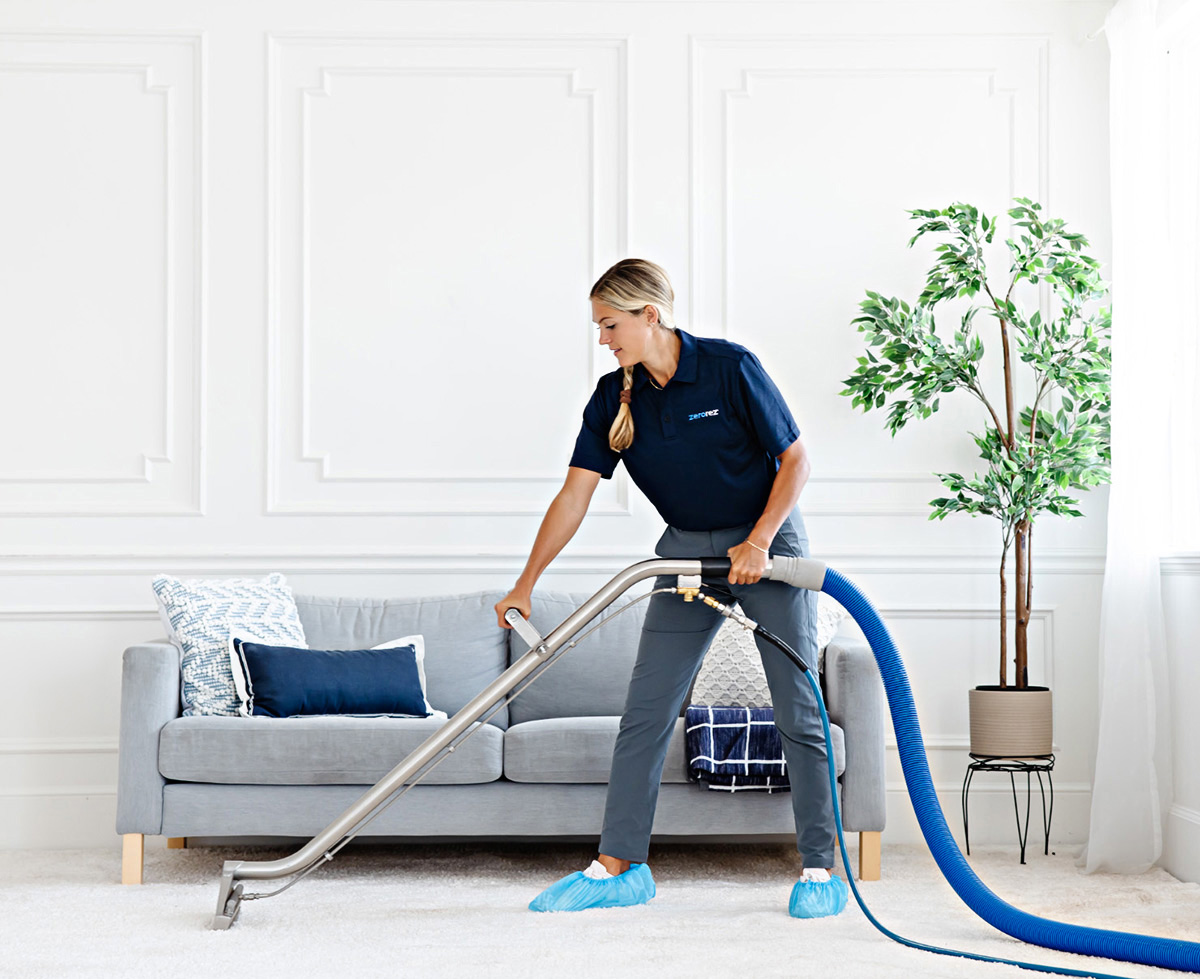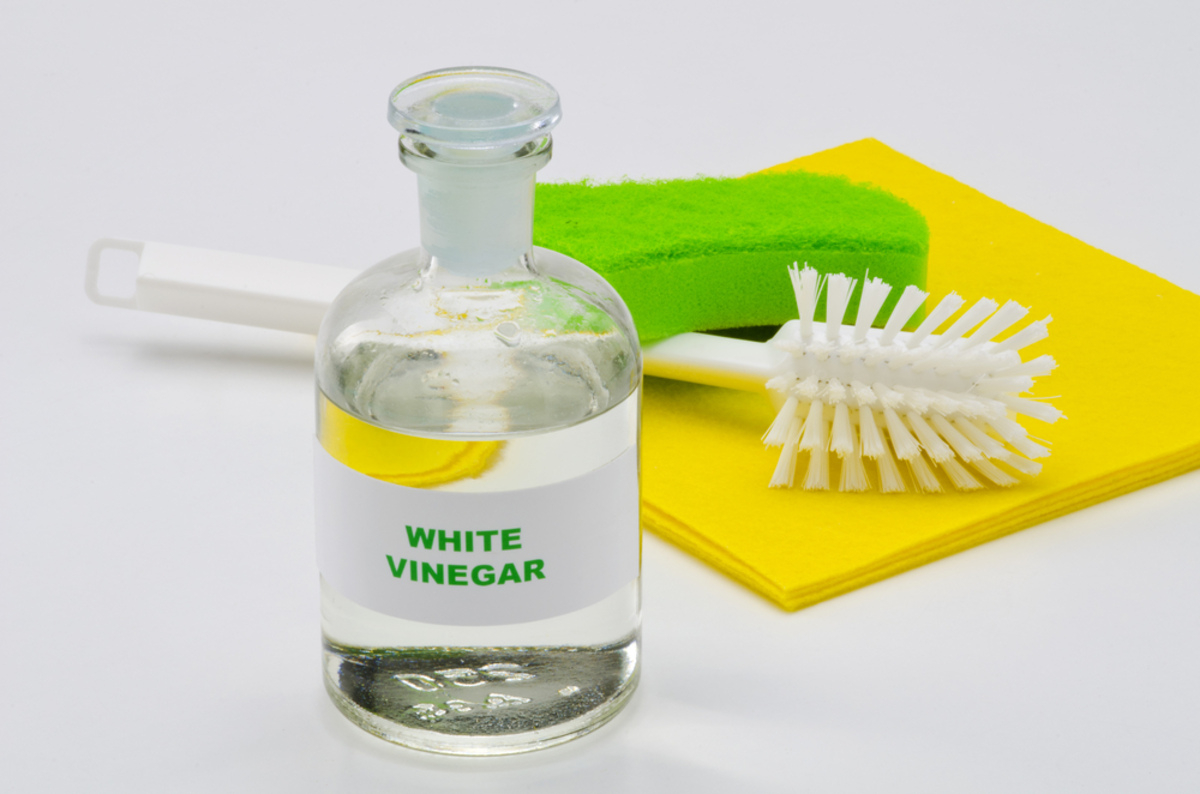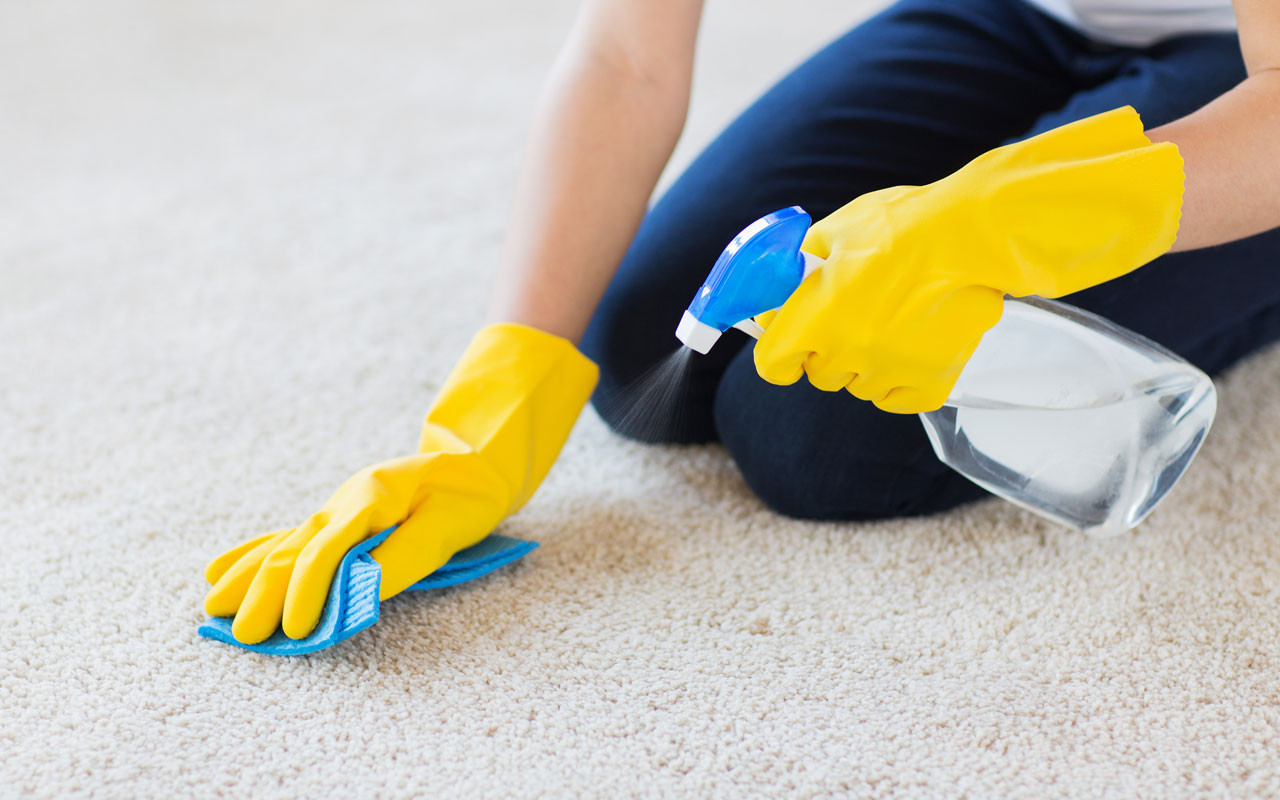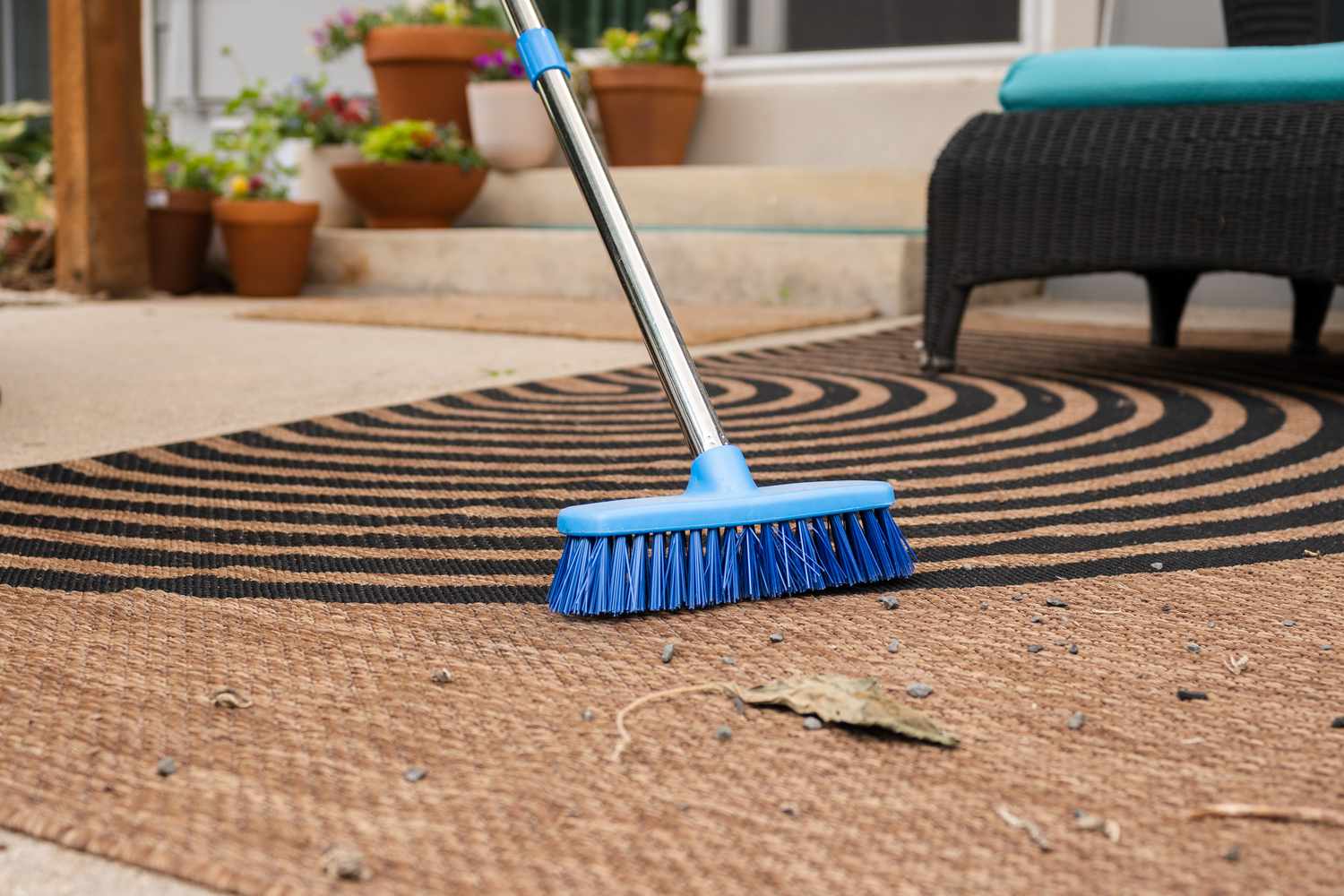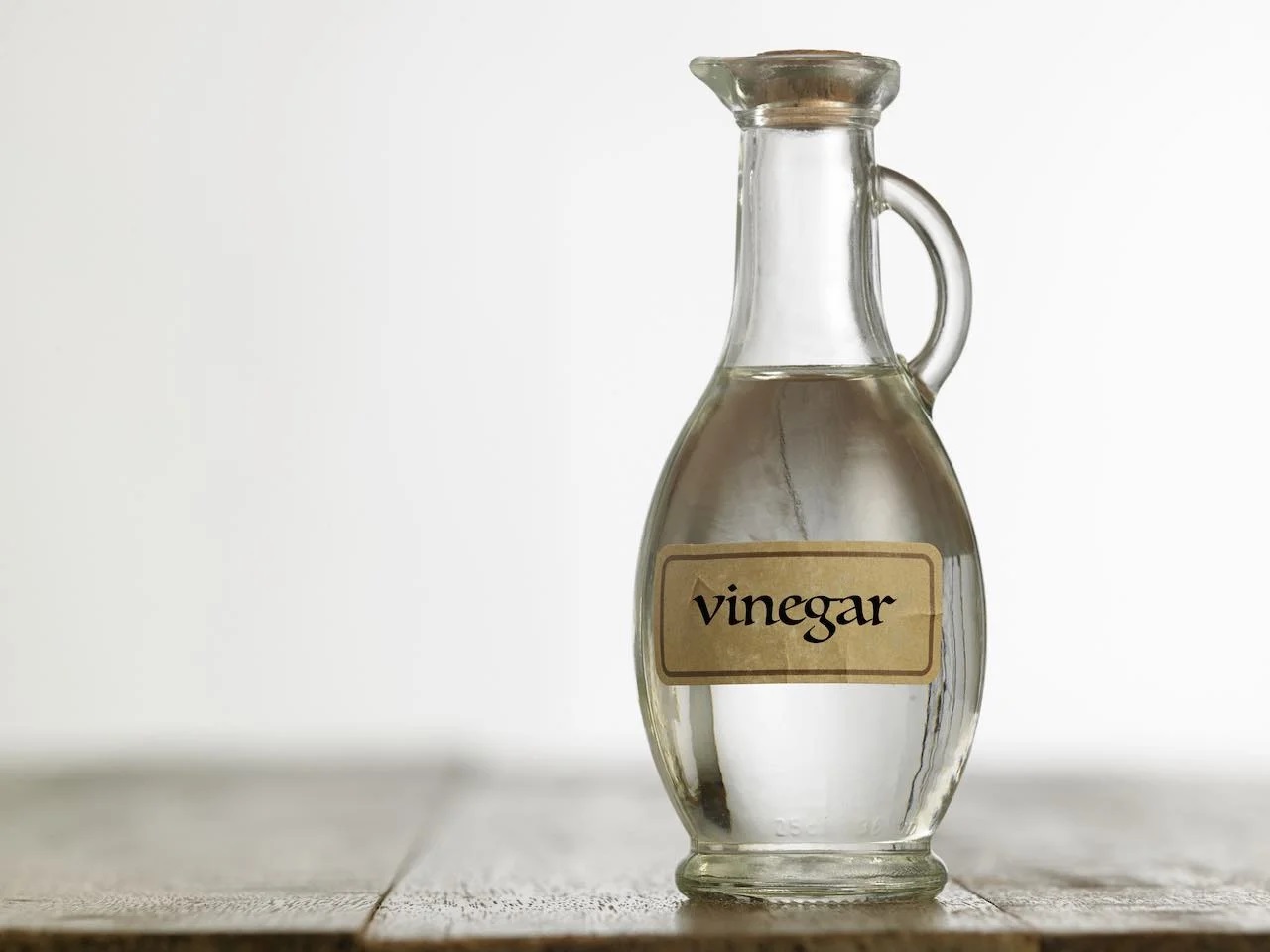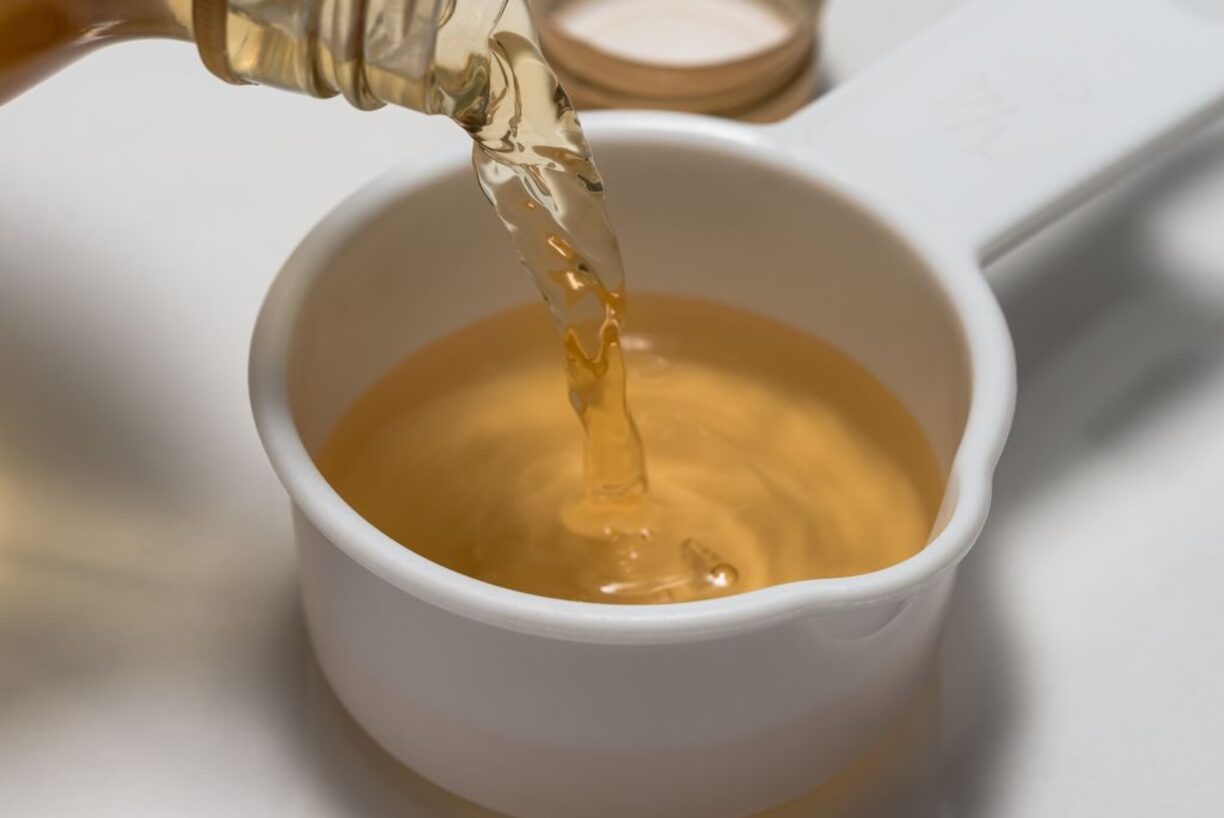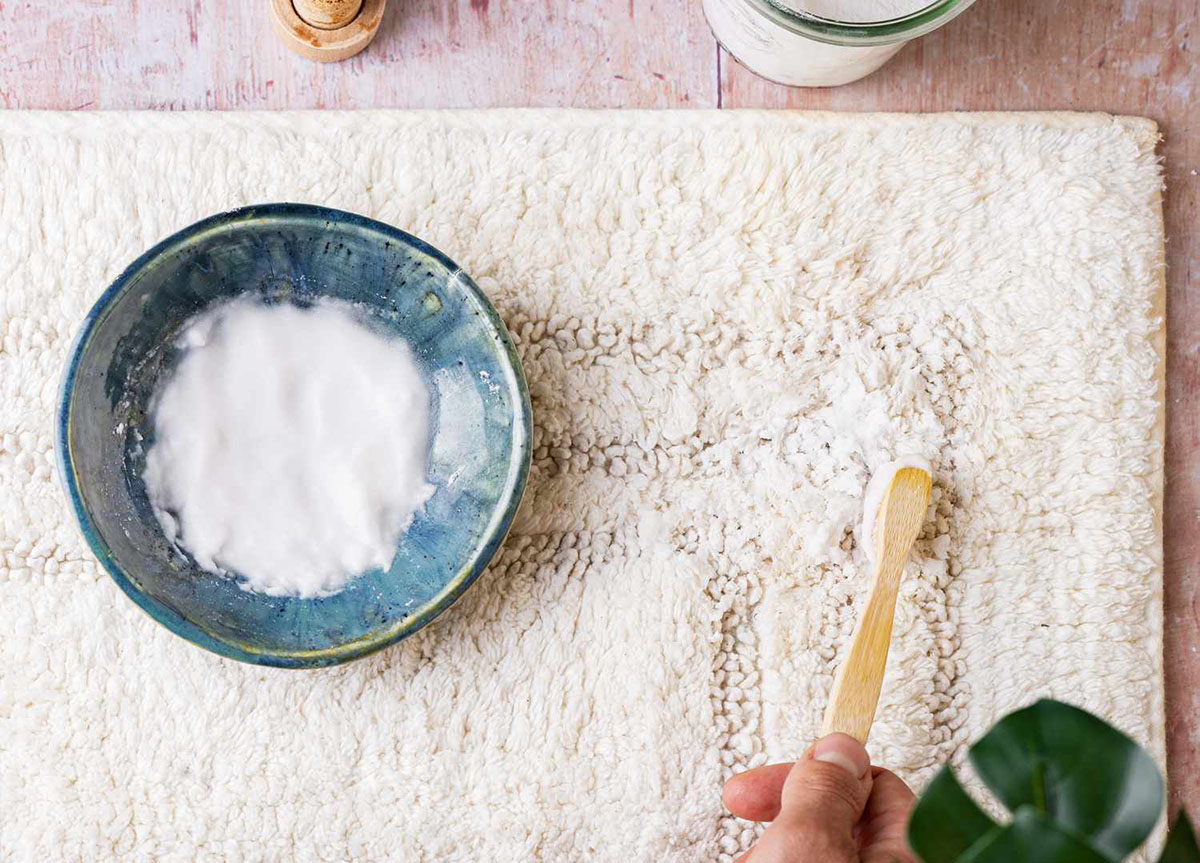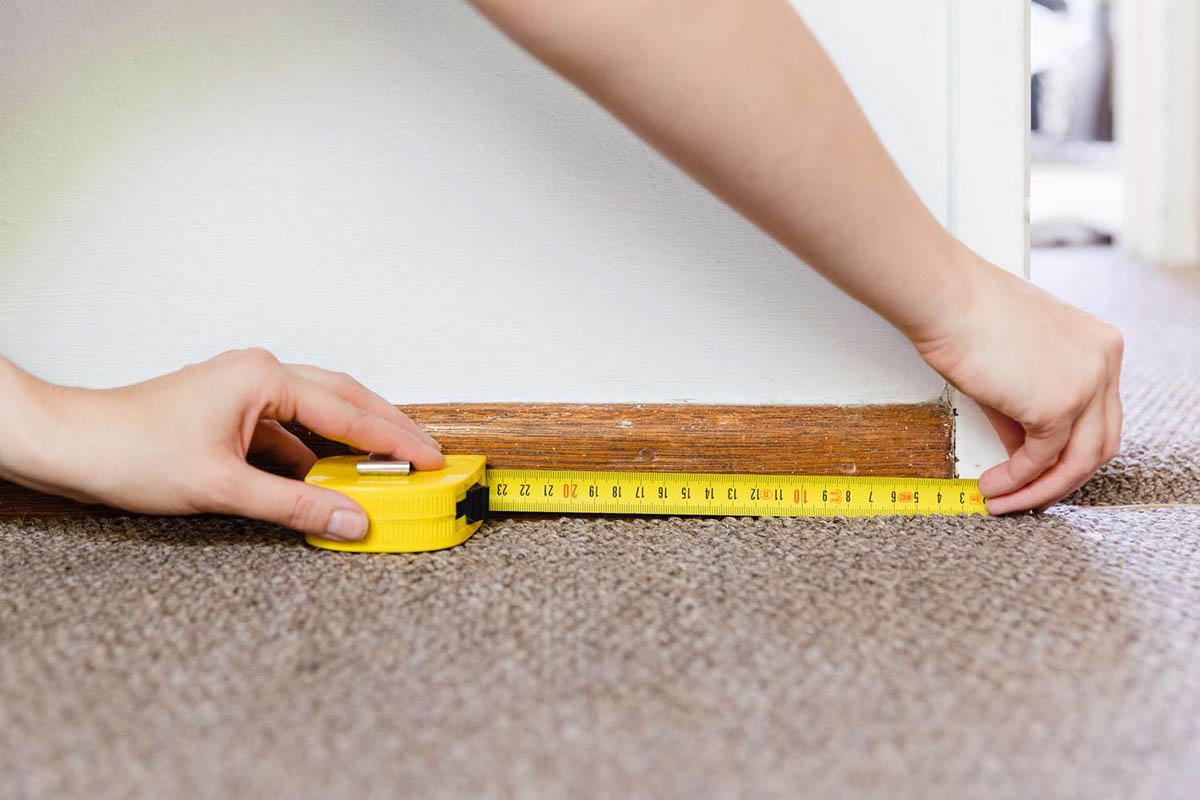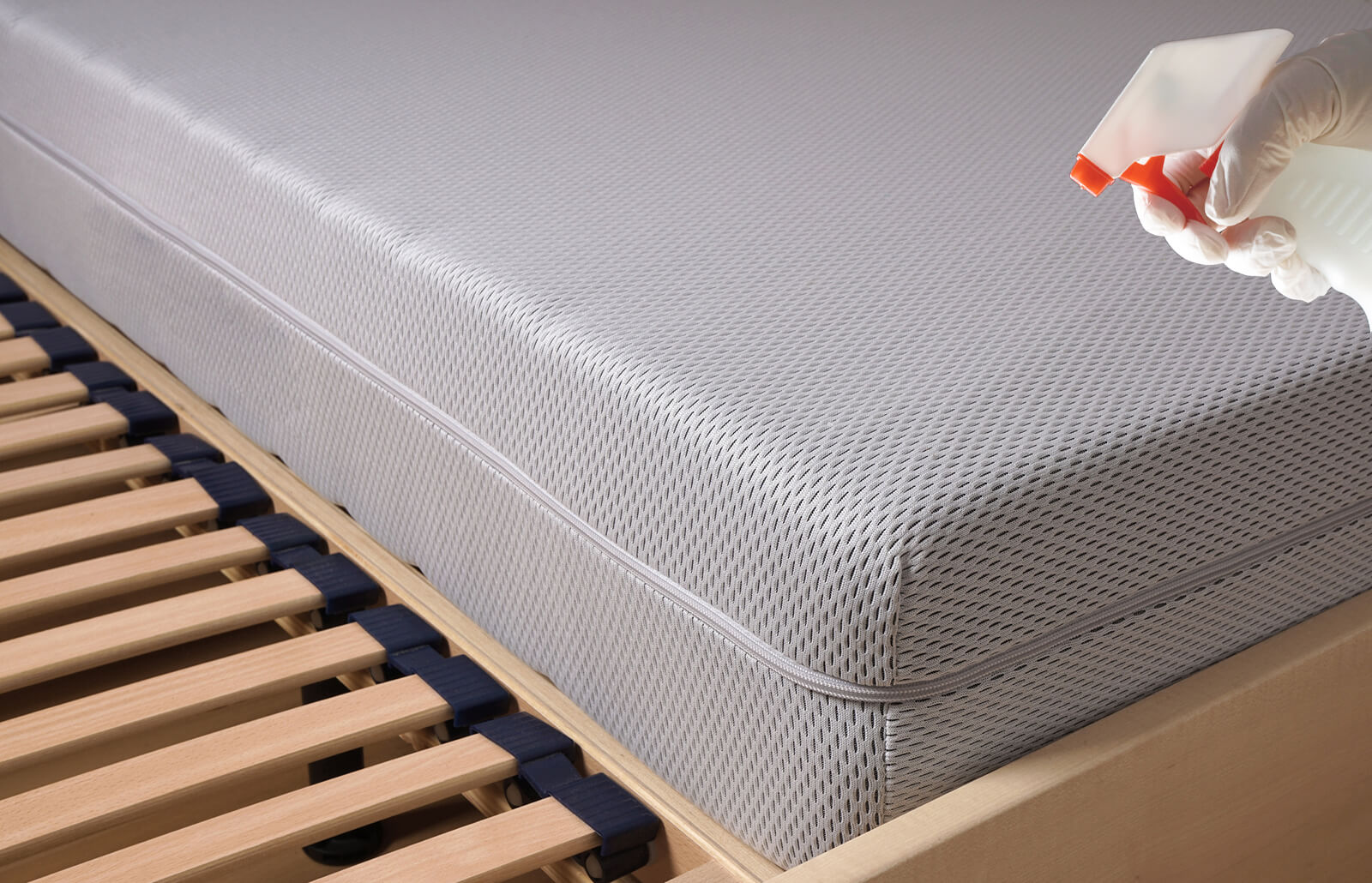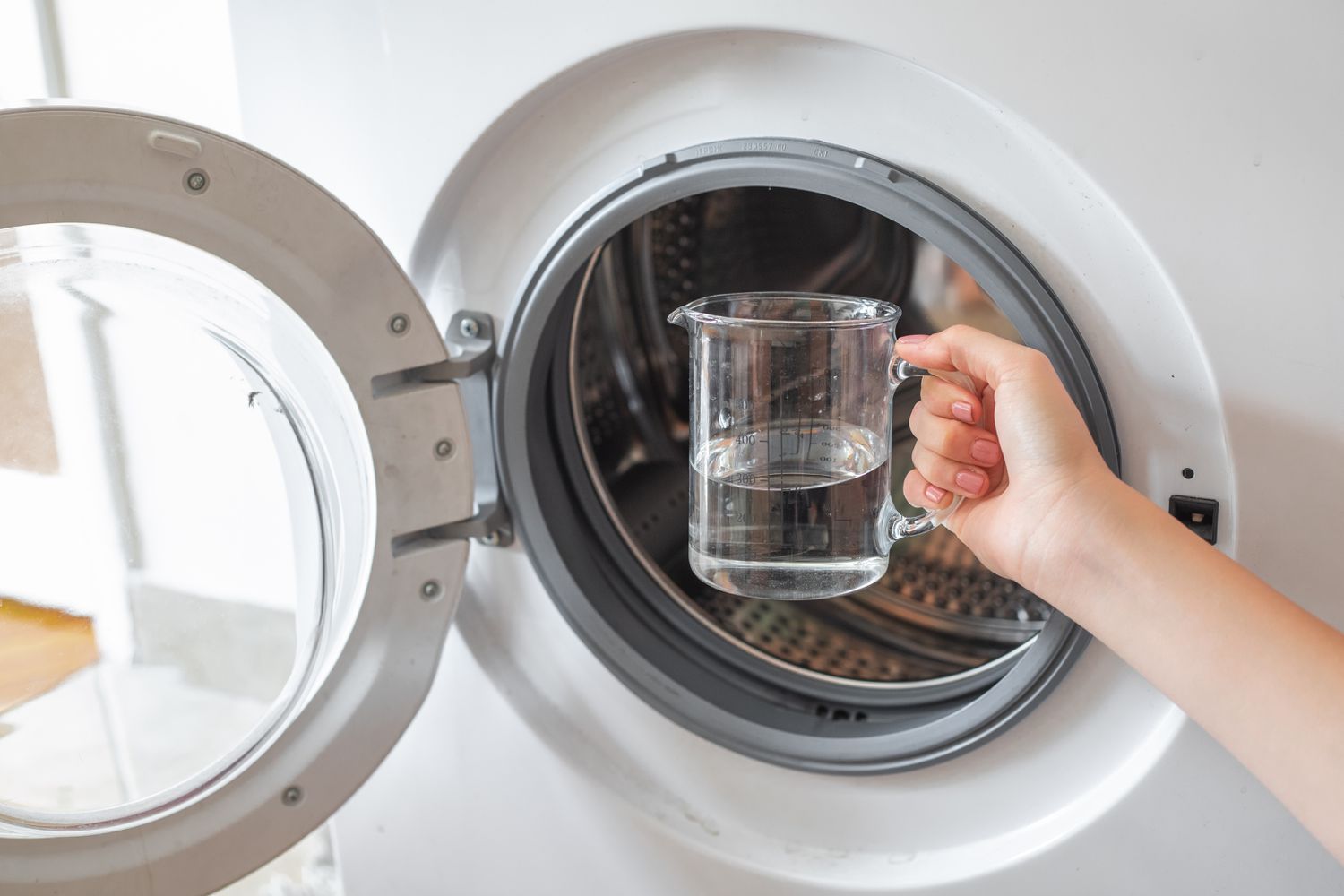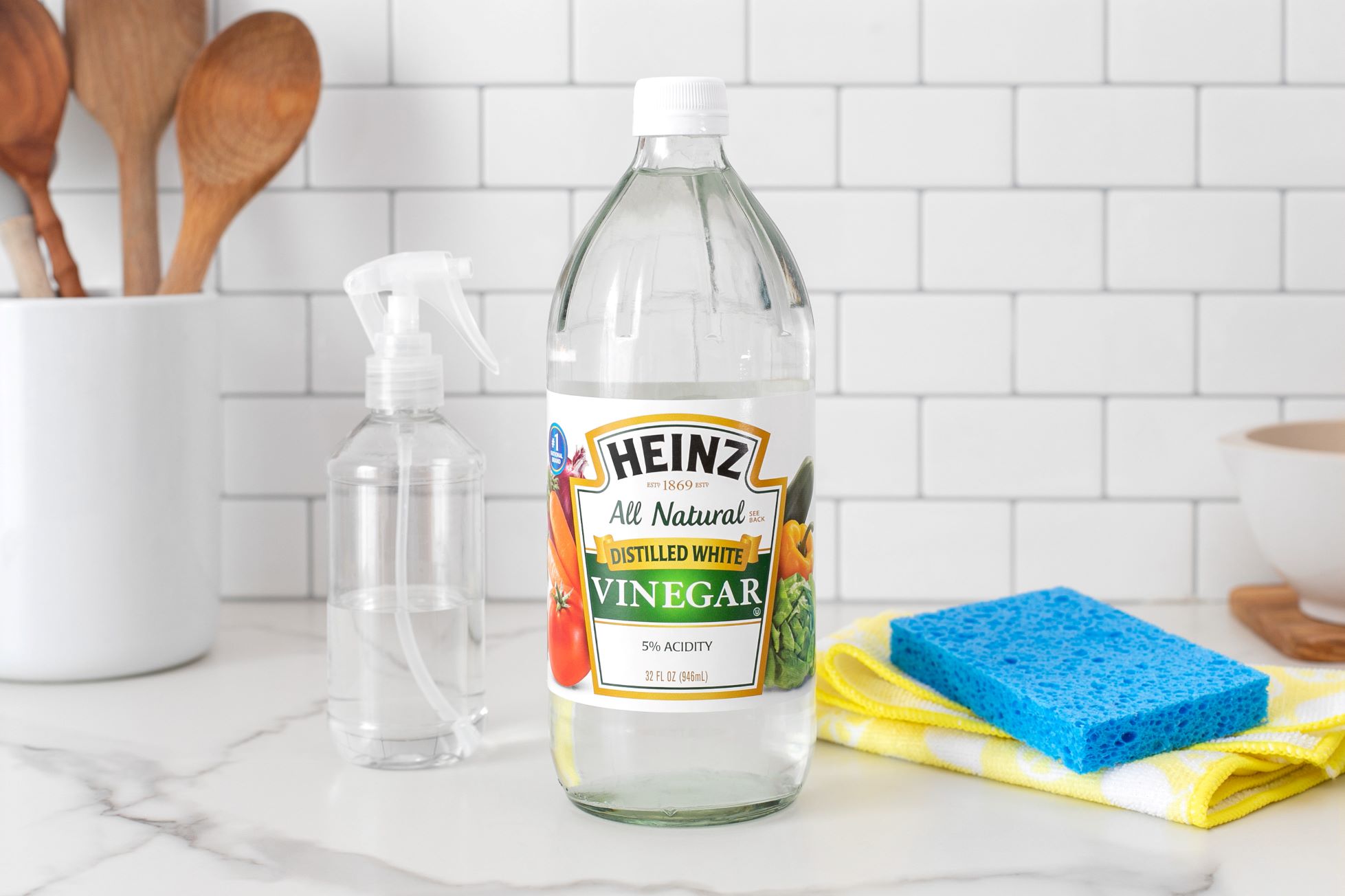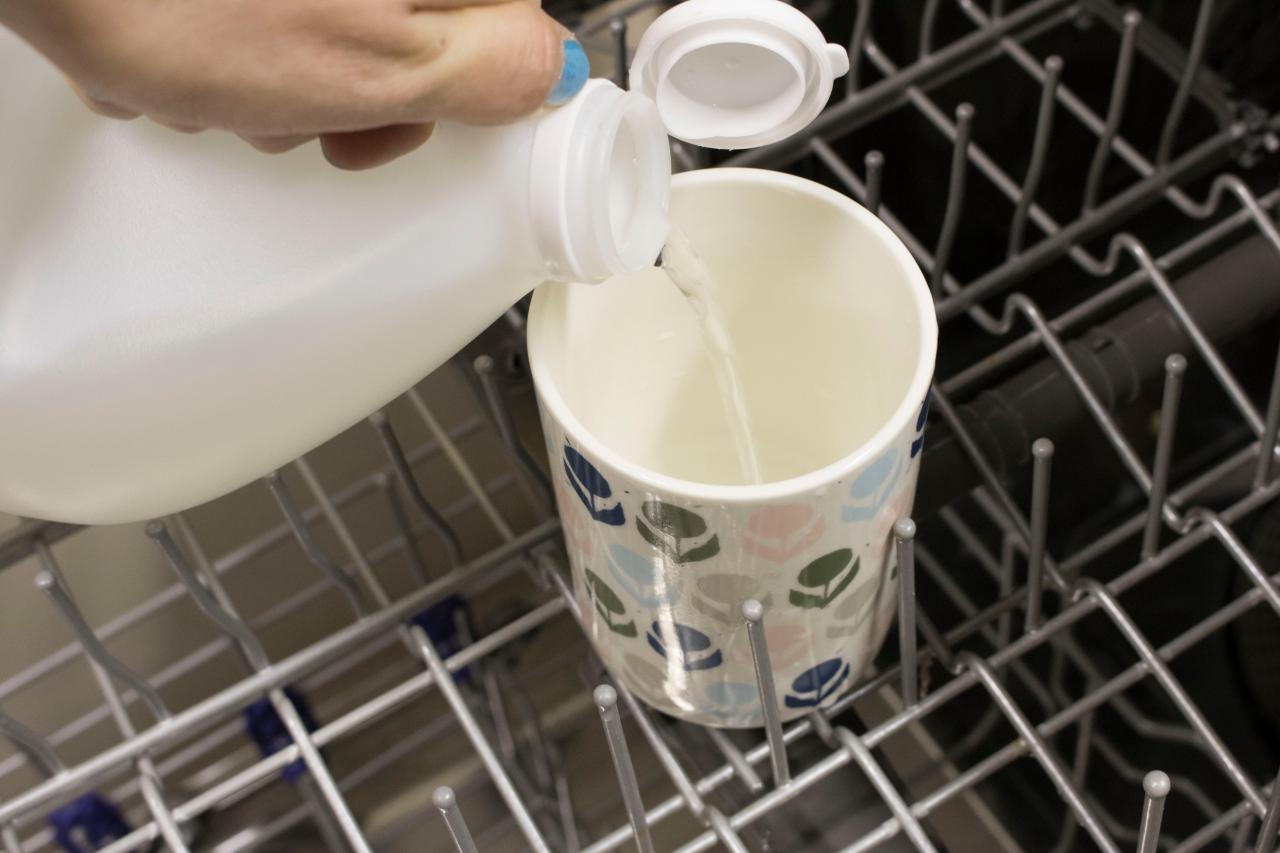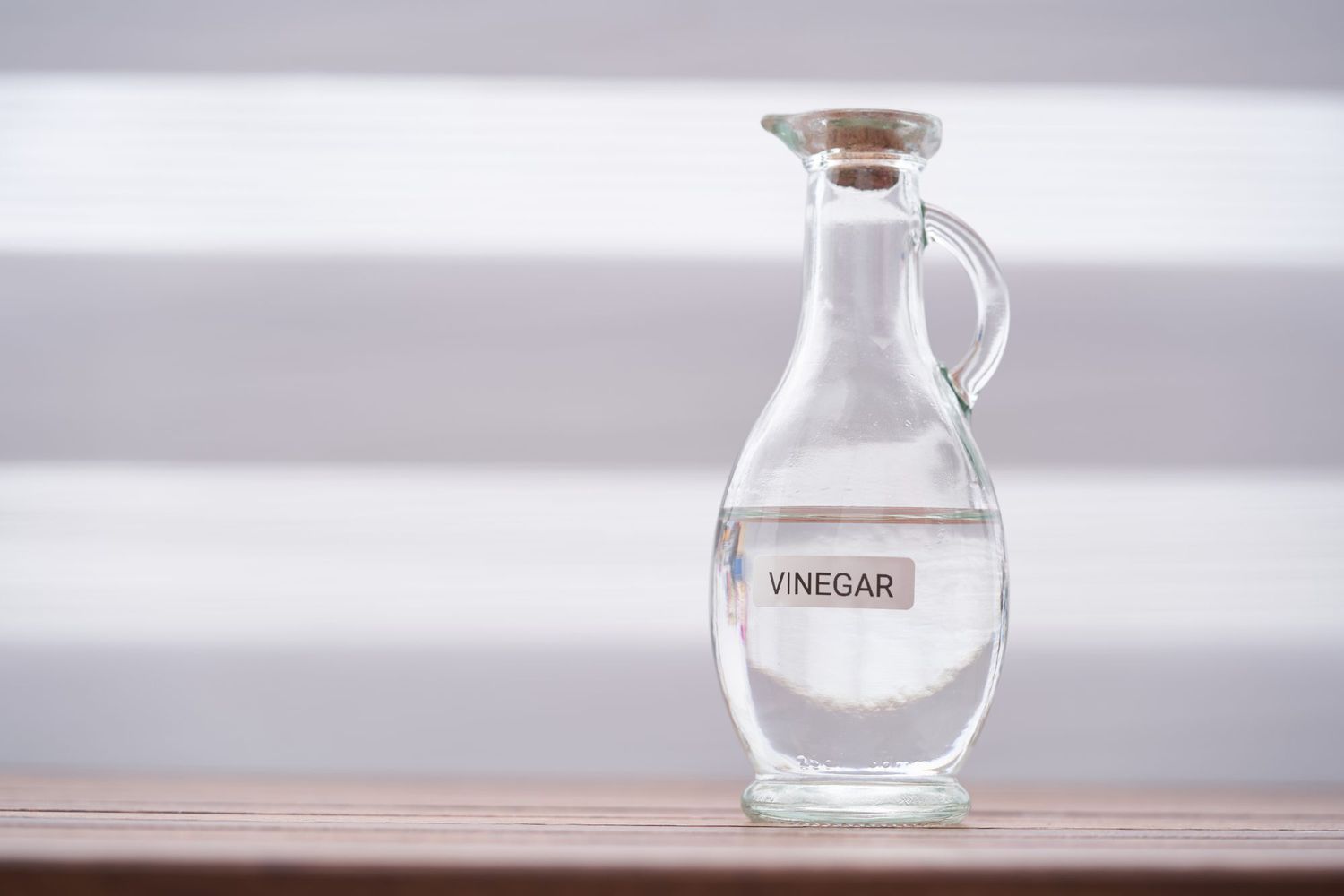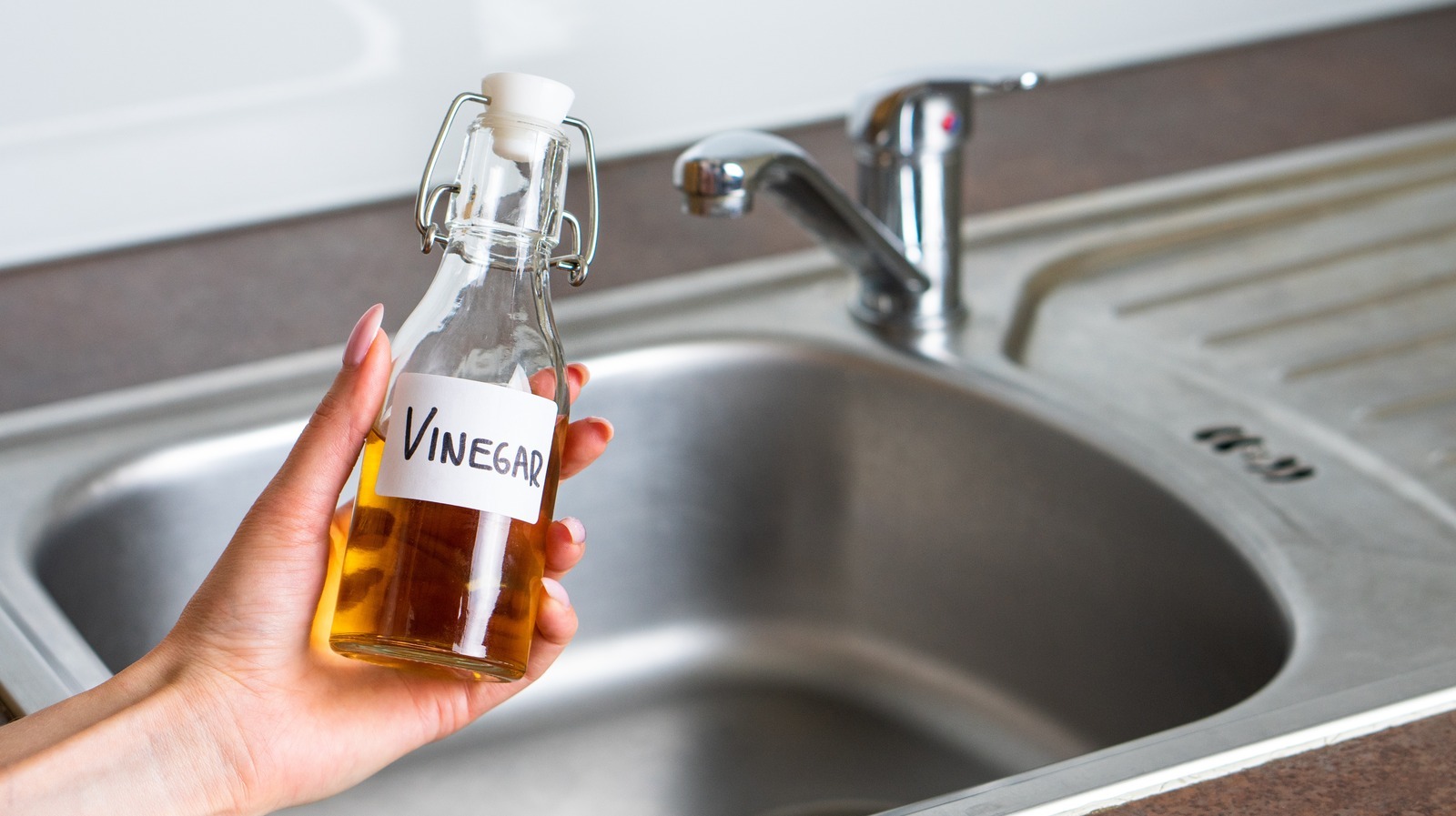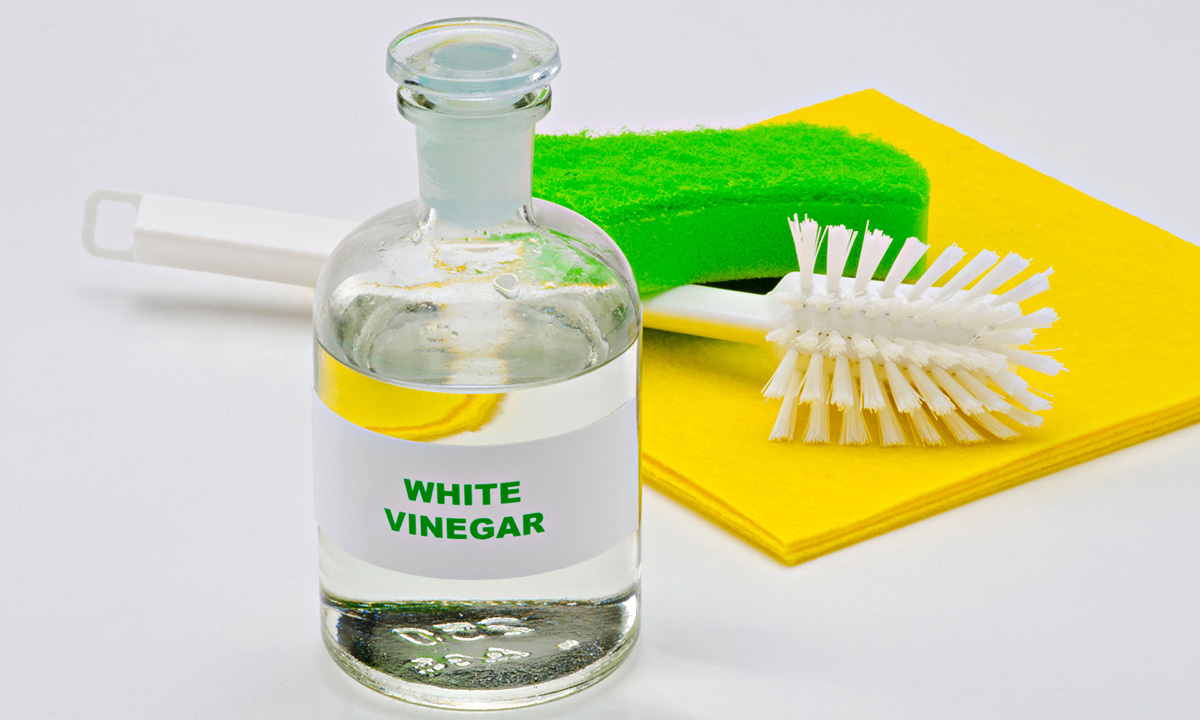

Articles
How Do You Clean Carpet With White Vinegar?
Modified: December 7, 2023
Learn how to clean your carpet using white vinegar with this informative article. Discover the step-by-step process and tips for achieving a fresh and spotless carpet.
(Many of the links in this article redirect to a specific reviewed product. Your purchase of these products through affiliate links helps to generate commission for Storables.com, at no extra cost. Learn more)
Introduction
When it comes to cleaning carpets, there are a wide variety of products and methods available. However, one natural and cost-effective solution that has gained popularity over the years is white vinegar. It’s a versatile ingredient that can be found in most households, making it a convenient option for carpet cleaning.
White vinegar contains acetic acid, which acts as a powerful cleaning agent. It can effectively remove dirt, stains, and odors from your carpet, leaving it fresh and clean. Not only is white vinegar an eco-friendly alternative to harsh chemical cleaners, but it is also safe to use around children and pets.
In this article, we will discuss the benefits of cleaning carpets with white vinegar and guide you through the step-by-step process of using this natural solution to achieve a thorough and effective carpet cleaning.
Key Takeaways:
- Natural and cost-effective, white vinegar effectively removes stains and odors from carpets. Its antibacterial properties make it a safe and eco-friendly option for maintaining carpet cleanliness and freshness.
- Proper preparation, application, and precautions are essential for successful carpet cleaning with white vinegar. Regular maintenance and incorporating white vinegar into your cleaning routine can extend the life of your carpet.
Read more: How To Clean A Kettle With White Vinegar
Benefits of Cleaning Carpet with White Vinegar
Using white vinegar to clean your carpets offers several advantages over traditional cleaning methods. Here are the key benefits:
- Natural and eco-friendly: White vinegar is a natural cleaning agent that does not contain harmful chemicals, making it a safe option for your carpet and the environment. It is non-toxic and biodegradable, making it a sustainable choice.
- Cost-effective: White vinegar is an affordable alternative to commercial carpet cleaners. It is readily available in most households, making it a budget-friendly option.
- Effective stain removal: White vinegar has acidic properties that help break down stains on your carpet. It can effectively remove a wide range of stains, including coffee spills, pet stains, and food stains.
- Neutralizes odors: Vinegar is known for its ability to eliminate unpleasant odors. It neutralizes smells trapped in the carpet fibers, leaving your carpets smelling fresh and clean.
- Gentle on fibers: Unlike some harsh chemical cleaners, white vinegar is gentle on carpet fibers. It does not strip away the natural oils or damage the carpet’s texture, helping to extend the life of your carpet.
- Antibacterial properties: White vinegar has antibacterial properties that can help kill germs and bacteria that may be lurking in your carpets.
Overall, cleaning your carpets with white vinegar offers a natural, cost-effective, and efficient way to maintain the cleanliness and freshness of your carpets without resorting to harsh chemicals.
Preparing Your Carpet for Cleaning
Before you start cleaning your carpet with white vinegar, it’s important to properly prepare the area. Here are the key steps to follow:
- Remove any furniture or obstacles: Clear the carpeted area by moving any furniture, rugs, or objects that may obstruct your cleaning process. This will ensure that you have a clear and open space to work with.
- Vacuum the carpet: Use a vacuum cleaner to thoroughly clean the carpet and remove any loose dirt, dust, and debris. This will help ensure that the vinegar solution can penetrate deep into the carpet fibers and effectively clean the carpet.
- Spot test: Before applying the white vinegar solution to the entire carpet, it’s advisable to perform a spot test on a small, inconspicuous area. This will help determine if the vinegar solution is suitable for your specific type of carpet and will not cause any discoloration or damage.
By following these preparation steps, you will ensure that your carpet is ready for effective cleaning with the white vinegar solution. It’s important to take these precautions to avoid any potential damage to your carpet and to achieve the best possible results.
Mixing the White Vinegar Solution
Now that you have prepared your carpet for cleaning, it’s time to mix the white vinegar solution. Here’s how you can do it:
- Gather the ingredients: You will need white vinegar, water, and a spray bottle. It’s recommended to use a solution of one part white vinegar to two parts water. For example, if you have one cup of white vinegar, mix it with two cups of water.
- Add the white vinegar and water: Pour the appropriate amounts of white vinegar and water into the spray bottle. It’s essential to maintain the right ratio for effective cleaning without leaving a strong vinegar smell on your carpet.
- Optional: Add a few drops of essential oil: If you find the smell of vinegar too strong, you can add a few drops of your favorite essential oil to the mixture. This will help mask the vinegar odor and leave a pleasant scent on your carpet.
- Secure the spray bottle cap: Ensure that the spray bottle cap is tightly secured to prevent any leakage or spills while applying the solution to your carpet.
By following these steps, you will have a well-mixed white vinegar solution ready to use for cleaning your carpet. The vinegar and water solution provides a gentle yet effective cleaning agent that will help remove stains and dirt from your carpet fibers.
Applying the White Vinegar Solution to Your Carpet
Now that you have mixed the white vinegar solution, it’s time to apply it to your carpet. Follow these steps for effective application:
- Start in a small, inconspicuous area: Before applying the solution to the entire carpet, it’s advisable to start in a small, hidden area to ensure that there are no adverse effects on the color or texture of the carpet.
- Spray the solution evenly: Hold the spray bottle a few inches above the carpet and spray the white vinegar solution evenly over the area you wish to clean. Avoid saturating the carpet as excessive moisture can lead to damage or mildew.
- Work in sections: Divide the carpeted area into smaller sections and focus on one section at a time. This will allow you to thoroughly clean each area and prevent the solution from drying before you can scrub or blot it.
- Let the solution sit: After spraying the white vinegar solution onto the carpet, allow it to sit for a few minutes. The acetic acid in the vinegar will penetrate the carpet fibers and start breaking down dirt and stains.
Remember, it’s essential to test the solution on a small area first and monitor for any adverse reactions. If there are no issues, you can continue applying the solution to the rest of the carpet.
By following these steps, you will effectively apply the white vinegar solution to your carpet, preparing it for the next step of scrubbing and stain removal.
Mix 1 part white vinegar with 2 parts water in a spray bottle. Spray the solution onto the stained area and let it sit for a few minutes. Blot the area with a clean cloth and repeat as needed. Vacuum the carpet once it’s dry.
Scrubbing and Stain Removal
After allowing the white vinegar solution to sit on your carpet for a few minutes, it’s time to move onto the next step: scrubbing and stain removal. Follow these guidelines for effective stain removal:
- Use a soft-bristle brush or sponge: Select a soft-bristle brush or a sponge to scrub the carpet gently. Avoid using abrasive brushes or rough materials that could damage the carpet fibers.
- Scrub in a circular motion: Dip your brush or sponge in the white vinegar solution and start scrubbing the carpet in a circular motion. Focus on areas with stains or heavy soiling. This will help lift the dirt and stains from the carpet fibers.
- Blot stains instead of scrubbing: For stubborn stains, it’s best to blot the area instead of scrubbing vigorously. Use a clean cloth or paper towel to blot the stain gently, starting from the outer edges and moving inward. This will prevent the stain from spreading and allow the vinegar solution to absorb the stain.
- Rinse the brush or sponge regularly: As you scrub, rinse the brush or sponge regularly with clean water to remove any dirt or residue. This will prevent reapplying dirt and grime to the carpet.
- Continue scrubbing and blotting: Repeat the scrubbing and blotting process as necessary until the stains are lifted and the carpet looks clean. Take your time and focus on each stained area until you achieve the desired results.
Remember to be gentle and avoid aggressive scrubbing, as it can potentially damage the carpet fibers. Take breaks if needed, especially for larger carpeted areas.
By following these steps, you will effectively remove stains and dirt from your carpet using the white vinegar solution, leaving your carpet looking refreshed and clean.
Drying and Vacuuming the Carpet
Once you have finished scrubbing and removing stains from your carpet using the white vinegar solution, it’s important to properly dry and vacuum the carpet. Follow these steps for an effective drying and vacuuming process:
- Allow the carpet to dry: After cleaning, give your carpet enough time to dry thoroughly. Open windows or turn on fans to promote air circulation and speed up the drying process. Avoid walking on the carpet until it is completely dry to prevent transferring dirt or causing new stains.
- Check for any residual moisture: Before vacuuming, ensure that there is no residual moisture on the carpet. Use a clean, dry cloth or paper towel to gently blot any remaining damp areas.
- Vacuum the carpet: Once the carpet is dry, use a vacuum cleaner to remove any loosened dirt, debris, or remaining vinegar residue. Vacuum the entire carpet, ensuring that you cover all areas, including corners and edges.
- Pay attention to high-traffic areas: High-traffic areas tend to accumulate more dirt and debris. Spend extra time vacuuming these areas to ensure a thorough clean and to maintain the longevity of your carpet.
Proper drying and vacuuming ensure that your carpet is clean, dry, and free from any residual cleaning solution. This step also helps in fluffing up the carpet fibers and restoring its softness and appearance.
By following these steps, you will effectively dry and vacuum your carpet after using the white vinegar solution, leaving your carpet looking and feeling fresh.
Tips and Precautions for Cleaning with White Vinegar
While cleaning your carpet with white vinegar is a safe and effective method, it’s important to keep in mind the following tips and precautions for the best results:
- Perform a spot test: Before applying the white vinegar solution to the entire carpet, always perform a spot test in a small, inconspicuous area. This will help ensure that the solution does not cause any discoloration or damage to your specific type of carpet.
- Avoid over-saturation: When applying the white vinegar solution to your carpet, avoid over-saturation. Excessive moisture can lead to carpet damage, mold, or mildew growth. Ensure that you only use enough solution to dampen the carpet fibers without soaking them.
- Test for colorfastness: In addition to a spot test, it’s advisable to check the colorfastness of your carpet by blotting a small area with a white cloth dampened with the white vinegar solution. If there is no color transfer, it is safe to proceed with cleaning the entire carpet.
- Use a soft-bristle brush: When scrubbing the carpet, choose a soft-bristle brush or a sponge. Avoid using harsh abrasive brushes that can damage the carpet fibers.
- Blot stains instead of rubbing: For stubborn stains, it’s best to blot the area gently instead of rubbing vigorously. Rubbing can spread the stain further and potentially damage the carpet fibers.
- Properly ventilate the room: When cleaning with vinegar, ensure that the room is well-ventilated. Open windows or use fans to circulate fresh air and remove the vinegar smell.
- Regularly maintain and vacuum your carpet: To prevent dirt and stains from setting in, it’s important to regularly vacuum your carpet and address any spills or stains promptly. This will help extend the life of your carpet and maintain its cleanliness.
By following these tips and precautions, you can safely and effectively clean your carpet with white vinegar, achieving excellent results without causing any damage.
Conclusion
Cleaning your carpet with white vinegar offers numerous benefits and is a natural, cost-effective, and environmentally-friendly approach. The acetic acid in white vinegar works effectively to remove dirt, stains, and odors from your carpet, leaving it fresh and clean. With its antibacterial properties, white vinegar also helps eliminate germs and bacteria.
By following the step-by-step guide outlined in this article, you can easily clean your carpet with white vinegar. From preparing your carpet and mixing the white vinegar solution to applying it and scrubbing away stains, each step is essential to achieve the best possible results.
It’s important to remember to take necessary precautions, such as performing a spot test on a small area of your carpet, using a soft-bristle brush for scrubbing, and avoiding over-saturation. Additionally, proper drying and vacuuming of the carpet are crucial to ensure it is clean, dry, and free from any residue.
Regular maintenance of your carpet, including vacuuming and addressing spills promptly, will help prolong its lifespan and keep it looking fresh and presentable. Consider incorporating white vinegar into your regular carpet cleaning routine to maintain cleanliness and extend the life of your carpet.
In conclusion, cleaning your carpet with white vinegar is a natural, affordable, and effective method. Give it a try, and you’ll be amazed at the results – a clean, odor-free, and fresh-looking carpet that you can enjoy for years to come.
Frequently Asked Questions about How Do You Clean Carpet With White Vinegar?
Was this page helpful?
At Storables.com, we guarantee accurate and reliable information. Our content, validated by Expert Board Contributors, is crafted following stringent Editorial Policies. We're committed to providing you with well-researched, expert-backed insights for all your informational needs.
